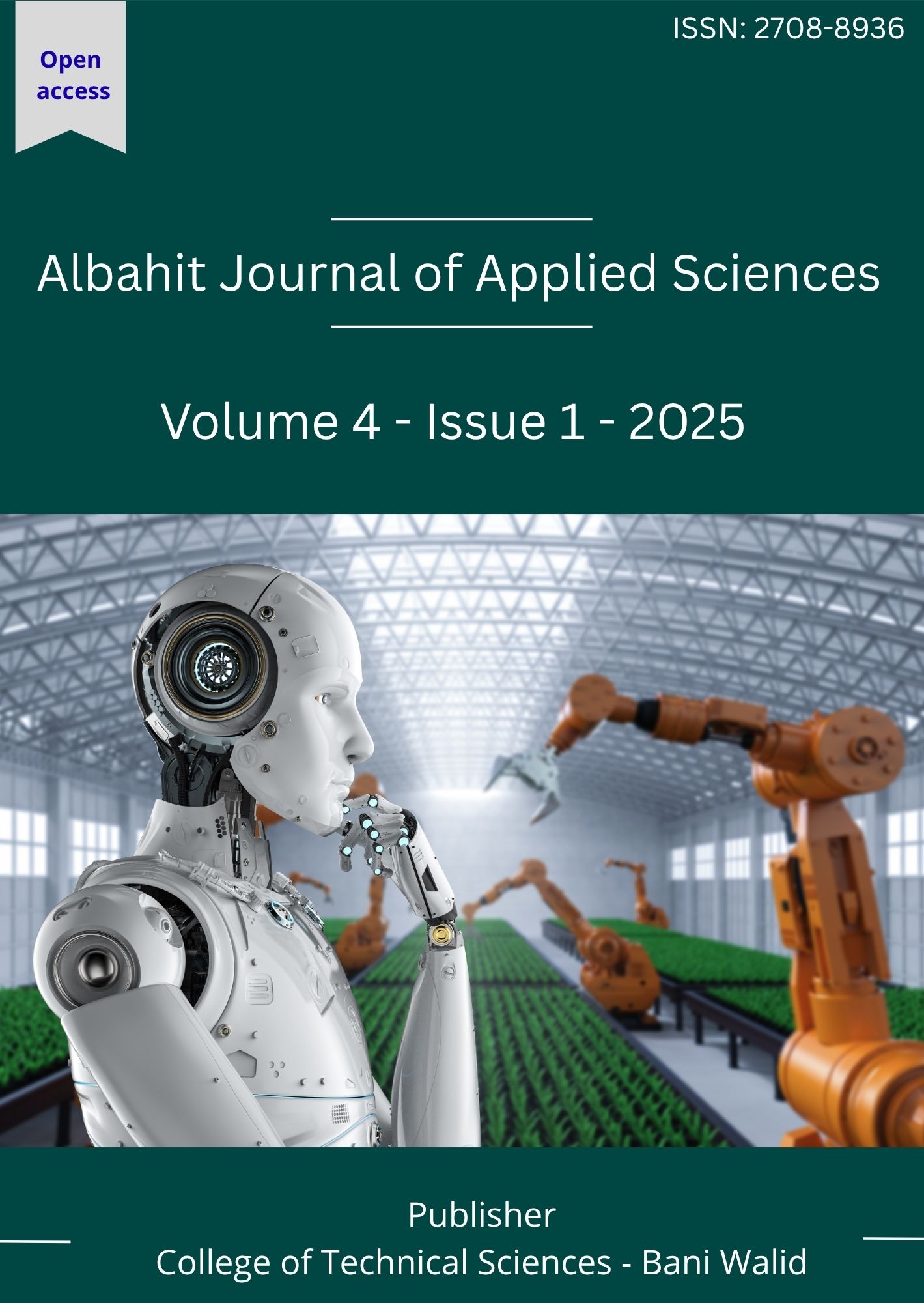Numerical Analysis of the Heat Diffusion Equation Using the Laplace Transform and the Finite-Difference Method
Keywords:
Heat equation, Numerical analysis, Laplace transform, Finite difference methodAbstract
This study presents a numerical and analytical investigation of the one-dimensional heat diffusion equation using two distinct mathematical approaches: the Laplace Transform and the Finite Difference Method (FDM). The primary objective is to compare the accuracy and efficiency of both methods in solving heat transfer problems. The Laplace Transform was applied to obtain an analytical formulation of the equation, while the Finite Difference Method was employed to approximate the numerical solution by discretizing the spatial and temporal domains into uniform intervals and applying finite difference operators to compute temperature variations. The results obtained from numerical simulations and graphical analyses were used to evaluate the performance of both approaches.
The findings revealed a strong agreement between the analytical and numerical results, indicating that the Finite Difference Method provides accurate and stable approximations when the stability condition is satisfied, whereas the Laplace Transform yields highly precise analytical solutions but requires more complex symbolic manipulation. The study concludes that the choice of method depends largely on the nature of the problem and its boundary conditions. Furthermore, it recommends developing a hybrid approach that combines the Laplace Transform for the temporal component with the Finite Difference analysis in space to enhance efficiency and accuracy in multidimensional heat diffusion problems with complex boundary conditions.
References
1. Abbas, M., Khan, S., & Karim, N. (2021). Improved finite difference schemes for heat diffusion problems. Applied Mathematics and Computation, 412, 126543.
2. Ali, T., Rahim, A., & Shams, F. (2024). Comparative study of analytical and numerical methods for transient heat conduction. Journal of Computational Thermal Analysis, 12(2), 55–68.
3. Kumar, V., & Singh, R. (2022). Numerical modeling of transient heat transfer using explicit and implicit schemes. International Journal of Heat and Mass Transfer, 188, 122033.
4. Nguyen, L., Huynh, D., & Bui, T. (2023). Hybrid Laplace–Finite Difference approach for multi-dimensional heat diffusion problems. Journal of Thermal Engineering, 49(3), 276–290.
5. Rahman, A., & Al-Khalid, H. (2019). Applications of Laplace Transform in solving partial differential equations of heat conduction. Mathematical Reports, 21(4), 89–102.
6. Suleiman, R., & El-Badawi, M. (2023). Analytical and numerical evaluation of Laplace-based heat transfer models. Alexandria Engineering Journal, 69, 187–198.
7. Zhang, J., Li, Y., & Chen, X. (2020). Advanced computational approaches for heat conduction problems: A review. Thermal Science Progress, 18, 100547.
8. عبد الله، حسن علي. (2006). الطرق العددية في حل المعادلات التفاضلية الجزئية. القاهرة: دار الفكر العربي.
9. عبيد، سعيد. (2011). التحليل العددي وتطبيقاته. دمشق: منشورات جامعة دمشق.
10. جهيمة، رمضان محمد. (2008). المعادلات التفاضلية التطبيقية (الجزء الأول، الطبعة الثانية). منشورات جامعة 7 أكتوبر.
11. باورز، ديفيد ل. (2008). مسائل القيم الحدية. منشورات جامعة 7 أكتوبر.
12. بشاي، منير نصيف. (1992). المعادلات التفاضلية الأولية. بنغازي: دار الكتب الوطنية.
13. القرماني، أحمد صادق. (1989). المعادلات التفاضلية (الطبعة الأولى). مجمع الفتح للجامعات.







